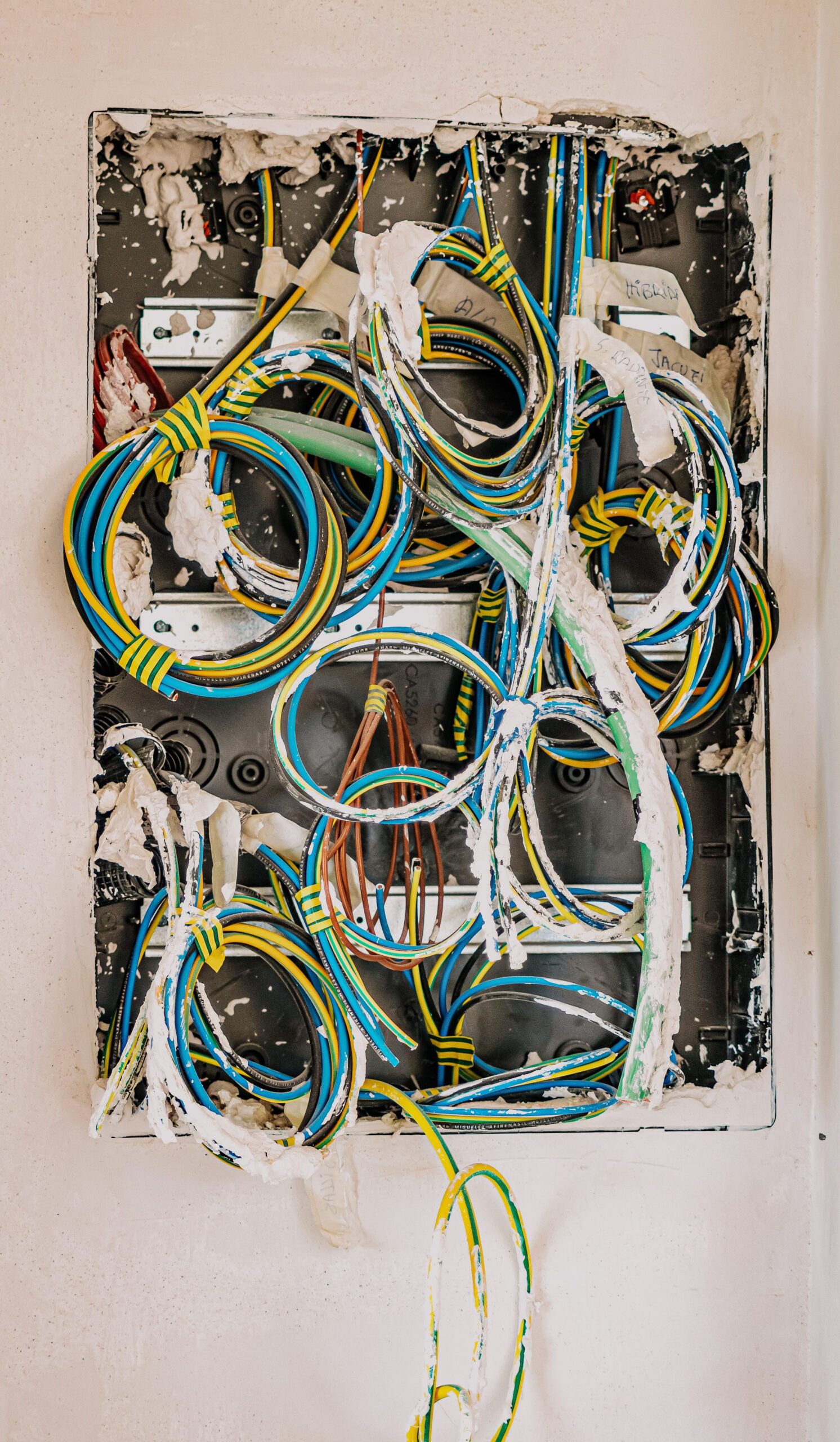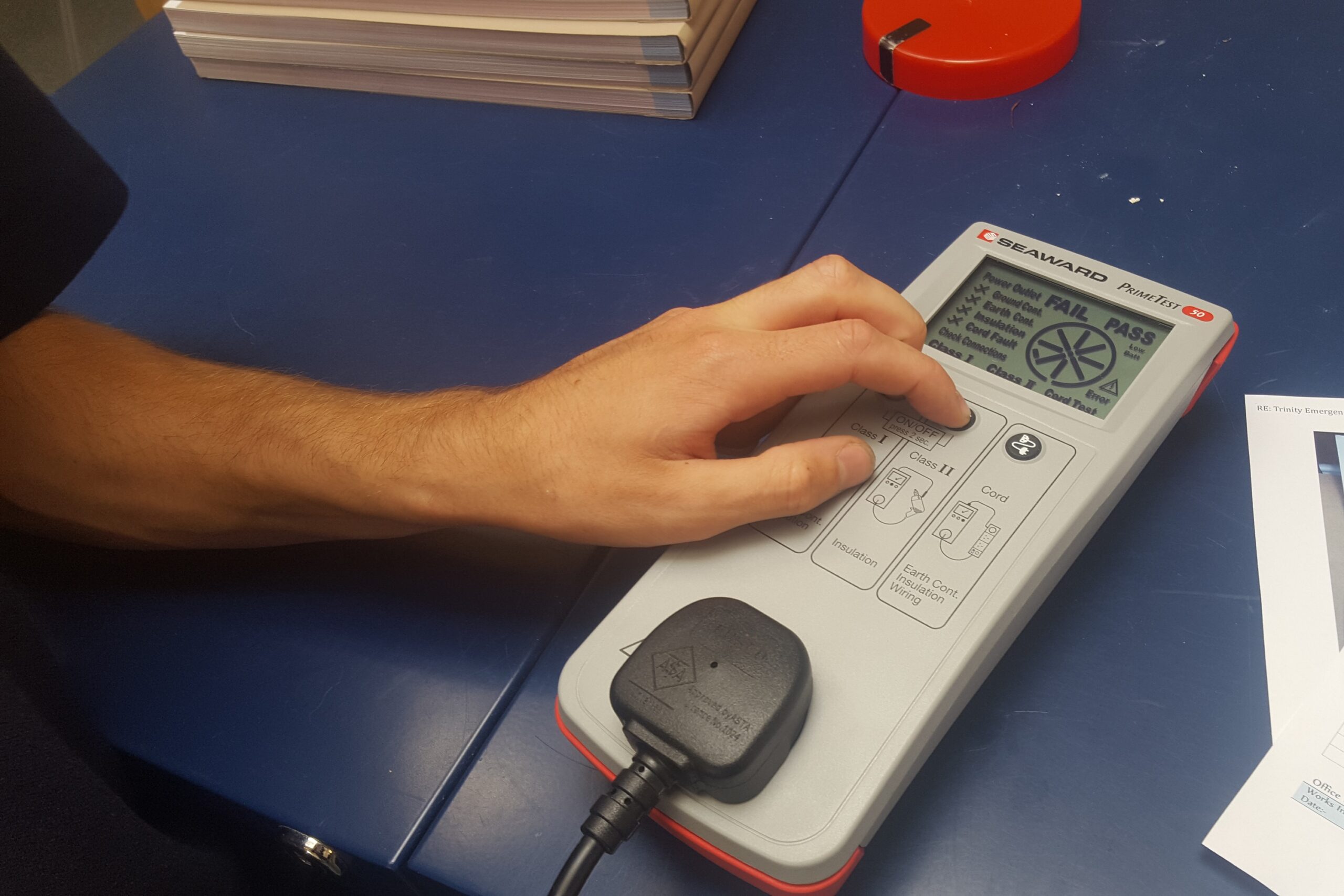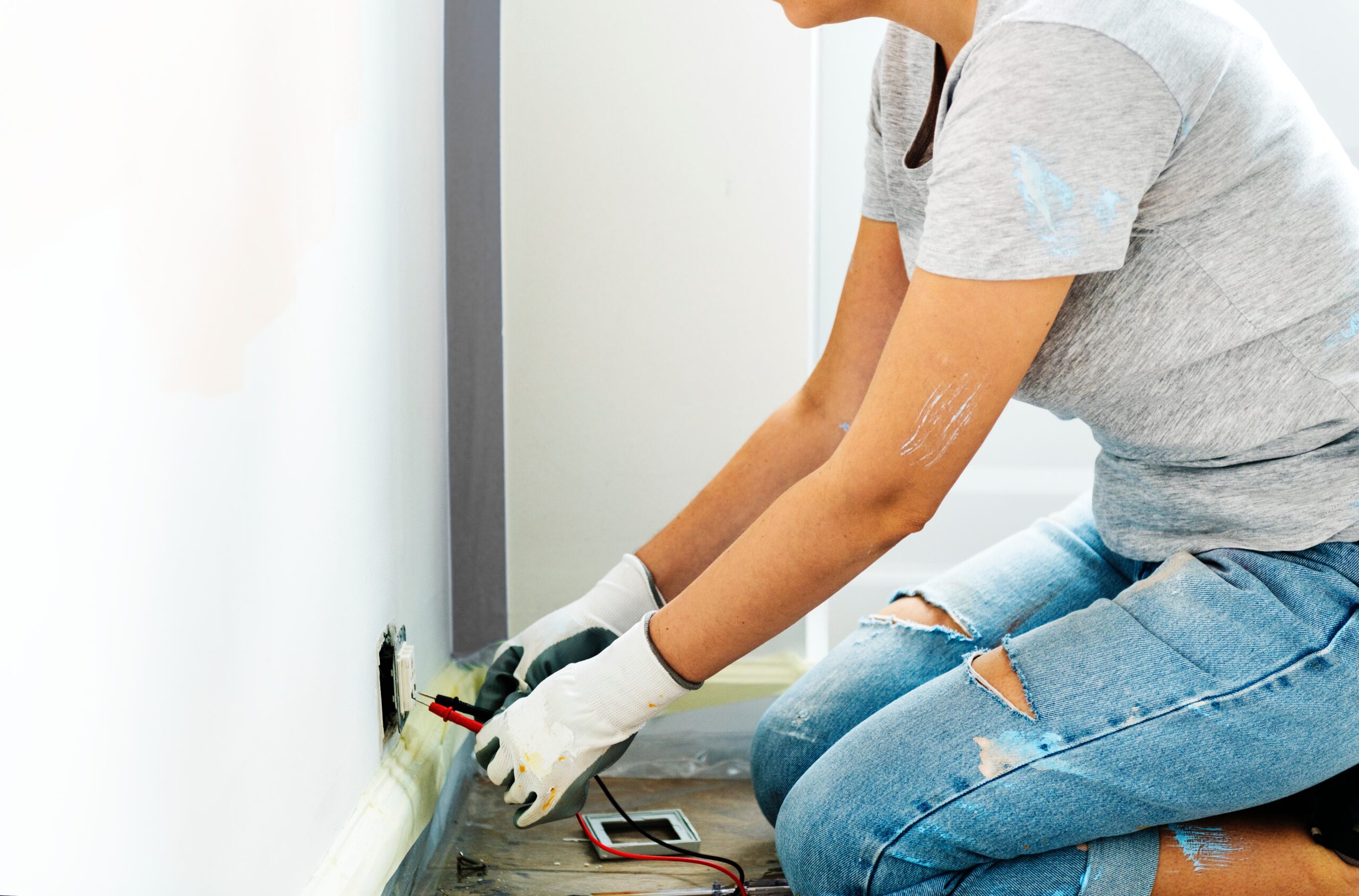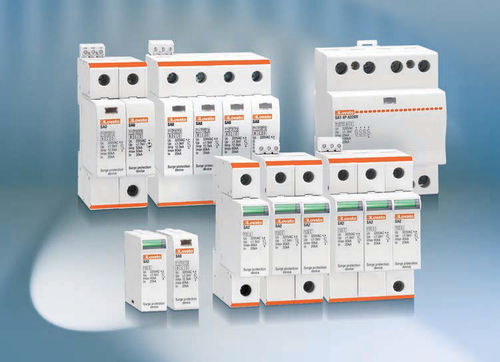First and foremost, you may be wondering what an electrical safety certificate is and why you’d ever need one. An electrical safety certificate is a document provided by a qualified electrician stating that the plug sockets, the wiring and the fuse boxes in one building are safe for use. For any new electrical installation, repairs and servicing carried out, an electrical safety certificate is mandatory for homeowners and landlords to demonstrate that the house isn’t posing a risk to anybody’s health.
Bearing in mind that the document is a legal requirement, do you still have to pay for an electrical safety certificate? And if so, why? How much does an electrical safety certificate cost, on average? At Kiasu Workforce, we have answers to all the questions you could need to know about your electrical safety documents.
How Do I Organise An Electrical Safety Certificate?
Any registered electrician can issue an electrical safety certificate, so any local trader you get in touch with will be able to assist. Reputable tradespeople can be found on Google or recommended by local businesses, and you’ll be able to get in contact with most electricians by website, email or the phone with any queries before you settle on the work. An electrical safety certificate could be organised alongside other electrical works you need completing, or you could request it separately!
How Often Do I Update The Certificate?
Electrical safety certificates can perfectly accompany periodic inspections, so you ought to arrange for a new certificate whenever your property needs to be inspected. Tenanted properties need inspecting every five years or at every change of residency, so that’s when a new certificate ought to be issued. Owner-occupied homes only need checking every ten years, so certificates will only need updating once a decade. Businesses need a periodic inspection and a new certificate every five years at the minimum.
Why Do Electrical Safety Certificates Cost?
Your electrical safety certificates cost since you’re paying for an electrician’s time. Certificates can only be issued once all ports and wiring in your home have been inspected, and that takes expertise, and travel that is factored into the cost. The physical certificates require resources that cost too, such as accompanying paperwork to file away as proof of the certificate’s validity and the actual award paper.
How Much Do Electrical Safety Certificates Cost?
From one-bedroom flats to five-bedroom houses, you can witness a price difference from one hundred pounds to five hundred. A broad estimate of your certificate cost is the number of bedrooms multiplied by one hundred, but that’s excluding VAT. Also, the area that your house is in will likely affect the hourly rate of local electricians, so you can never be certain on what you’re looking to pay without a quote! Thankfully, most businesses provide no-obligation, free quotations or estimates through the phone.
Are There Any Benefits To Certificates?
Electrical safety certificates are an absolute necessity to landlords to demonstrate that they’re doing everything within their power to keep their properties in peak condition. Suppose any serious faults that cause injury to residents should develop. In that case, landlords that have had their property inspected can prove that they aren’t at fault and avoid legal or financial trouble.
The peace of mind that comes alongside a safety certificate can also be worth every penny for your home. When all of your property and your treasured belongings are stored under one roof, you want to be as confident as possible that an electrical fire is highly unlikely. In a proven-safe home, you know your items and your loved ones are as secure as possible.
The Conclusion
Electrical safety certificates are an unavoidable cost, but they’re required for sensible reasons. So when the time comes to schedule your periodic inspections, contact well-reviewed tradespeople like the team at Kiasu Workforce for your next certificate and a thorough assessment of your property for any electrical faults.





 Finally, we’re not advocating you taking your fuseboard apart and having a fiddle round with a screwdriver. However, there are several easy tests you can do yourself. Here are a number of risk-free visual checks you can carry out at home:
Finally, we’re not advocating you taking your fuseboard apart and having a fiddle round with a screwdriver. However, there are several easy tests you can do yourself. Here are a number of risk-free visual checks you can carry out at home:










 3-phase SPDs by Hager for BS7671 compliance
3-phase SPDs by Hager for BS7671 compliance